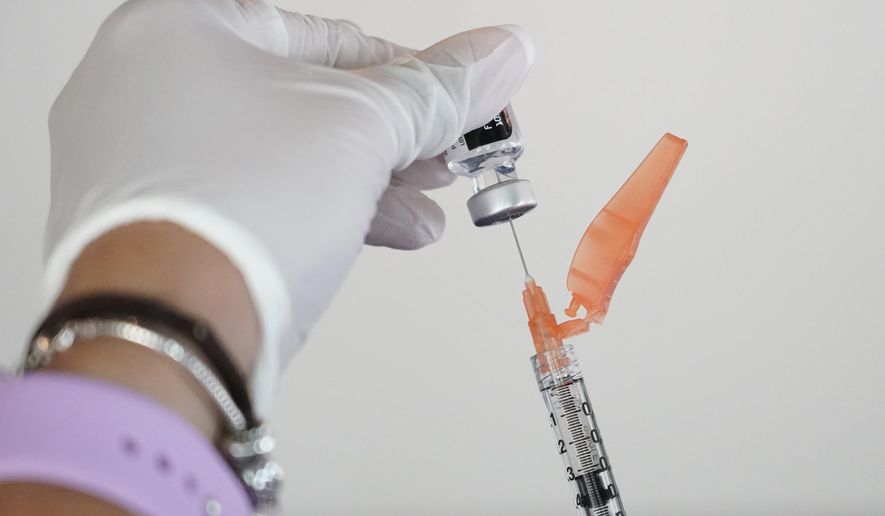U.S. counties with high populations of White evangelical Christians have low COVID-19 vaccination rates, according to a new survey.
In counties where White evangelicals account for at least 30% of the population, just four in ten residents over the age of 12 are fully vaccinated, found the survey by Washington-based Public Religion Research Institute.
In counties where the White evangelical population is below 30%, the vaccination rate climbs to 51%, and where counties have fewer than 20% White evangelicals, 58% of residents are fully vaccinated.
By contrast, PRRI said, counties with higher populations of White Roman Catholics and those with religiously unaffiliated people — often called “nones” — have higher rates of vaccination. The group said “there is very little relationship” between the percentage of White mainline Protestants, which PRRI defined as “non-evangelicals,” and the share of residents in a county who are fully vaccinated.
“It’s not surprising that you see that sort of county by county reality,” said Kris Carter, co-founder of the Christians & the Vaccine project which aims to increase evangelical acceptance of the jabs.
He said the vaccination rates are improving for evangelicals, though slowly.
“White evangelicals have not caught up to any other stated demographic group in terms of vaccination rates. But that doesn’t mean that they haven’t been moving up and they, in fact, have been,” said Mr. Carter.
Other surveys of vaccination have noted low rates of inoculation against COVID-19 among Black and Hispanic communities.
The new PRRI survey builds on data released in June that indicated “vaccine hesitancy” had declined across almost every demographic category, including White evangelicals, at that time. PRRI and Interfaith Youth Core conducted the June poll, the second three planned for this year.
PRRI said it had overlaid the survey responses on data from its 2020 “Census of American Religion.” That survey found White evangelical Protestants comprising 14.5% of the U.S. population, with the largest concentrations in the South and lower Midwest areas of the country.
Other communities, including faith groups, have been instrumental in getting their constituencies to accept the vaccine, Mr. Carter said.
“The Black Christian community was some of the lowest vaccination at the beginning,” Mr. Carter said. “When you look at research from the November timeframe, before the vaccines were even available, they were the highest level of hesitancy, there was a significant amount of skepticism and concern amongst the Black community. But one thing that happened is, the Black community mobilized in a pretty amazing way, faith leaders stepped up, leaders all across the Black community stepped up, and they really drastically moved the numbers.”
Mr. Carter expected vaccine acceptance to increase among White evangelicals as members of that cohort see the benefits of being vaccinated and continue to hear endorsements from leaders such as the Rev. Robert Jeffress of the First Baptist Church in Dallas, Texas, and the Rev. Franklin Graham, president of the Billy Graham Evangelistic Association.
“The vast majority of people who are hesitant and resistant are not conspiracy believers,” he explained. “They’re not people who think this is the mark of the beast. The vast majority of people who have continued to be resistant to the vaccines are people who are worried about safety and worried about efficacy,” he said.
• Mark A. Kellner can be reached at mkellner@washingtontimes.com.




Please read our comment policy before commenting.